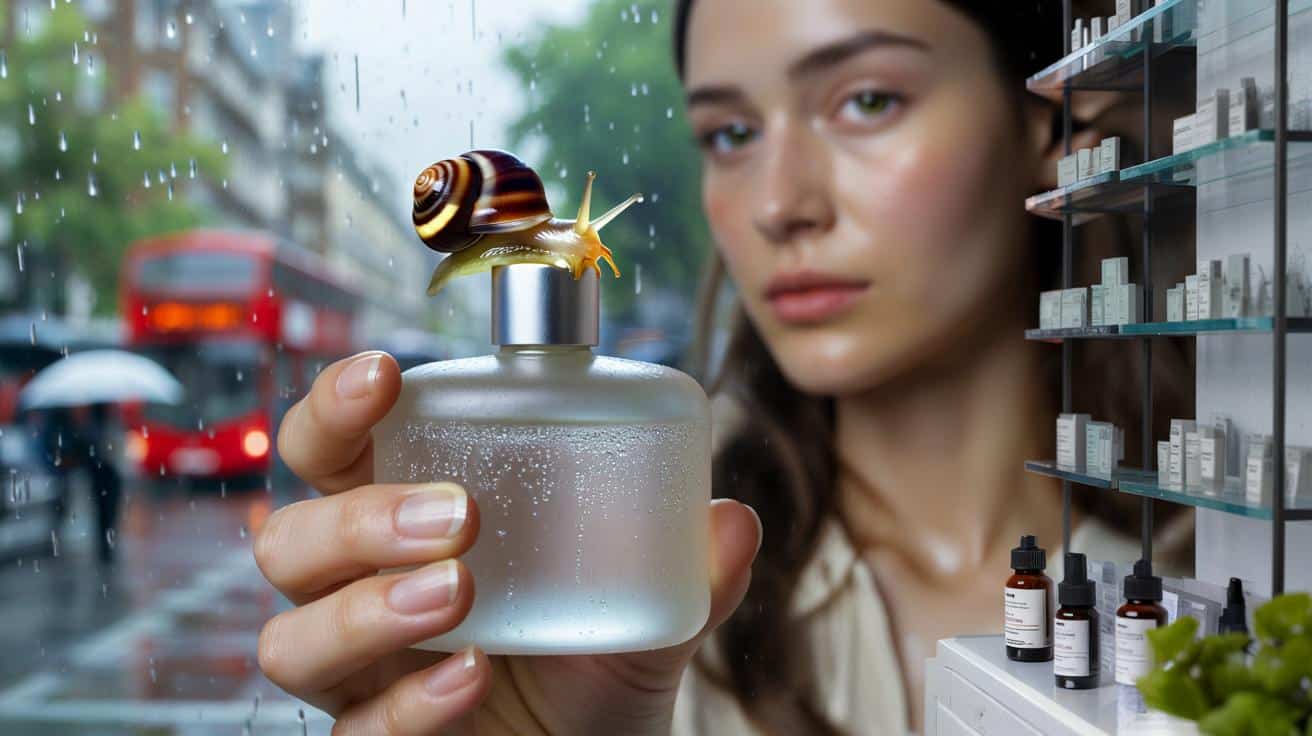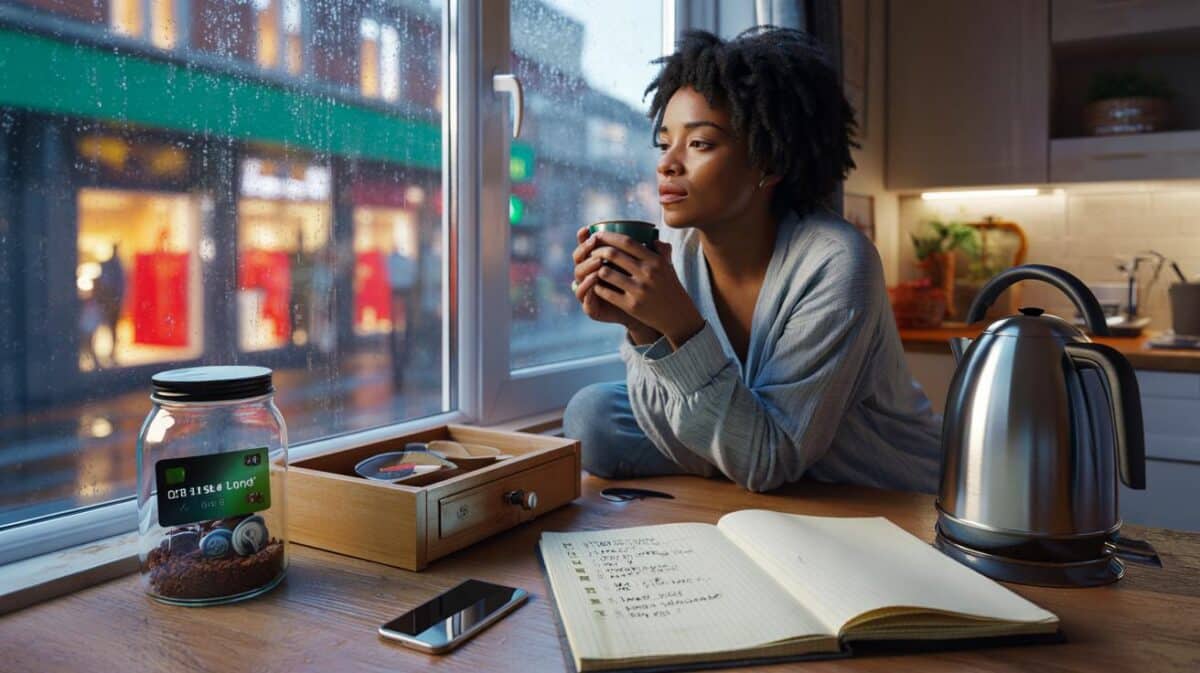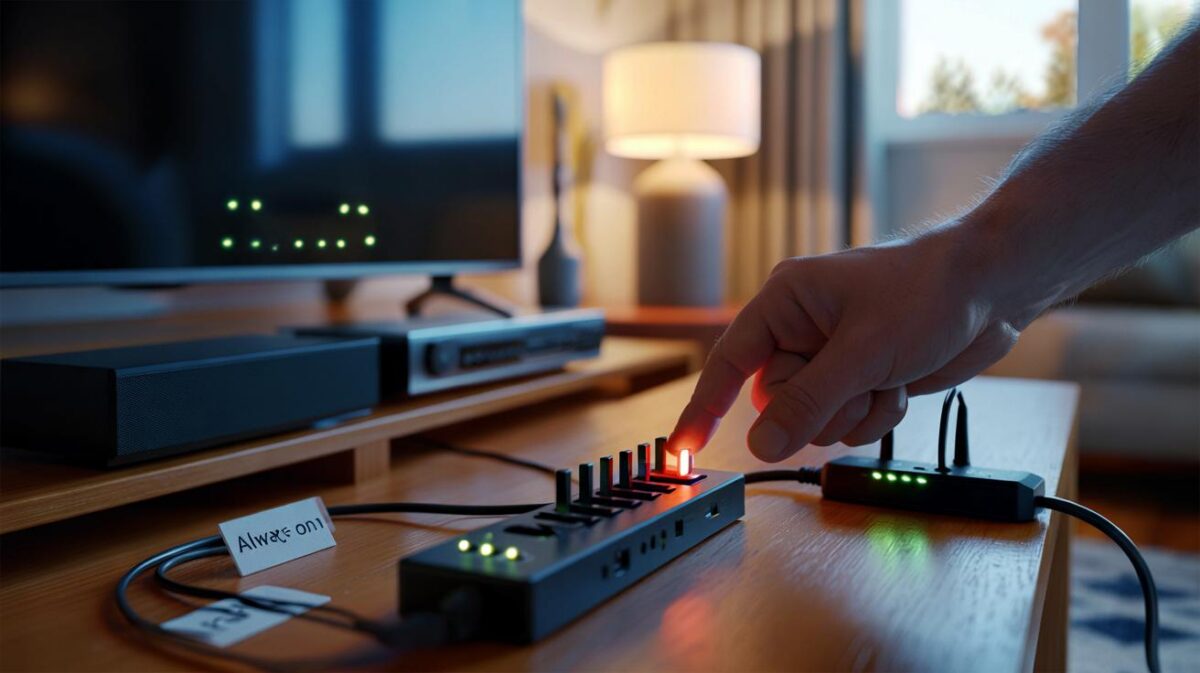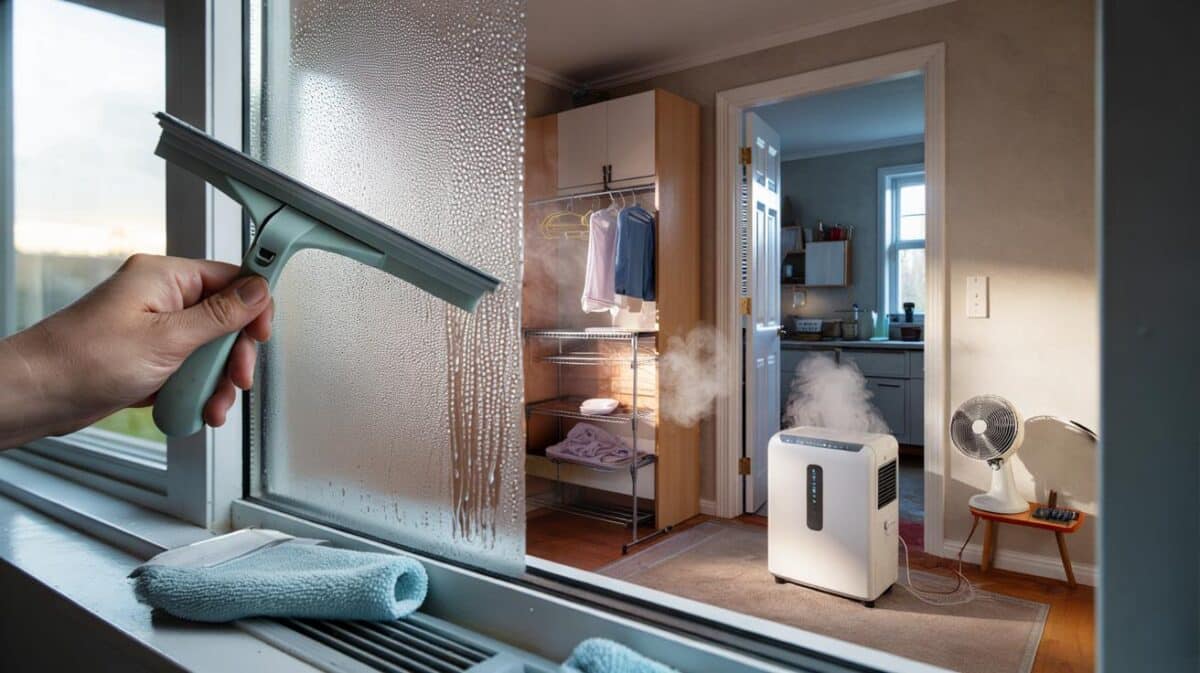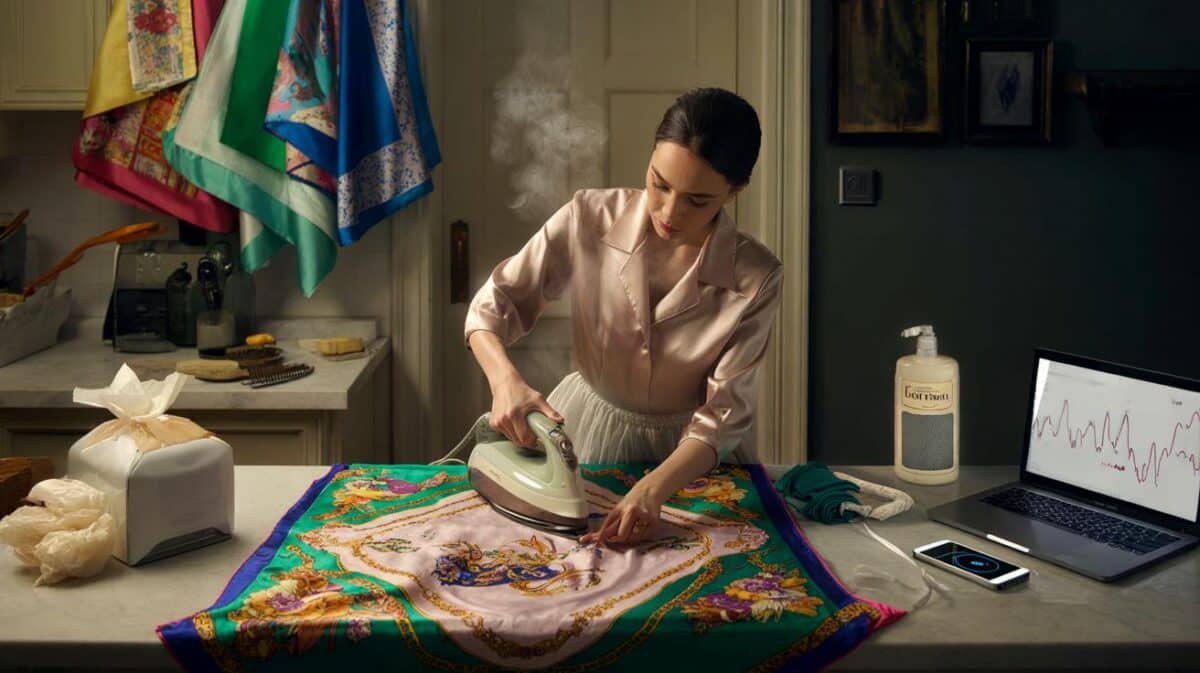It’s a clear, slippery liquid made by snails — and it’s selling out from Belfast to Brighton. Shelves are bare, group chats are buzzing, and a very fair question is hanging in the air: should you put this on your face?
It was a Tuesday, grey with that stubborn London drizzle that makes your coat feel heavy. I ducked into Boots for paracetamol and left with a conversation about slime. A woman near skincare picked up an empty tester of snail essence and laughed in disbelief: “Sold out again.” The assistant shrugged like this was now normal, as if we’d always treated gastropods like glow-giving gurus. On the bus home I checked my phone — videos of glassy, dewy cheeks slid past like rain on a window. What a time to be alive. One little bottle, endless promise. And a tiny bit of ick.
The trend no one saw coming — and why it’s everywhere
Snail mucin has crashed the British beauty scene with the confidence of a headliner. TikTok tutorials, skinfluencer routines, friends of friends swearing it cured dry patches; it’s a chorus you start hearing in your sleep. Stores can’t keep up. The “sold out” labels feel almost smug, like the product itself knows it’s a minor celebrity. There’s a thrill to it, too — that hush-hush feeling that you’re in on something weird that works.
Here’s the mini-plot twist: the bizarre ingredient isn’t some niche import hidden in a backstreet boutique. Mainstream shelves, from high-street chains to slick online carts, keep blinking to “out of stock” for the most famous snail essences and gels. One friend recounted refreshing a restock page during lunch like it was Glastonbury tickets. She finally grabbed a bottle, texted a selfie an hour later, and swore her skin already “looked calmer.” Placebo or payoff, the buzz is feeding itself.
What’s actually in the bottle? Snail secretion filtrate — a filtered, cosmetic-grade version of the stuff snails produce to protect themselves. It’s rich in humectants that pull water to the skin, plus naturally occurring allantoin and tiny amounts of acids and peptides that nudge healing. Think of it as a dewy blanket rather than a miracle cure. Early studies and long-standing anecdote say hydration, barrier support, and a subtle smoothing of rough patches are its real party tricks, not overnight wrinkle erasure. The science is promising; the expectations need seatbelts.
How to try it without playing roulette with your skin
Start small, slow, and on slightly damp skin. Use a pea-sized blob of essence or gel after cleansing, then lock it in with a simple moisturiser. Snail mucin behaves like a water magnet; pairing it with a cream keeps that water from evaporating. Two or three evenings a week is a calm entry point. After two weeks, step it up if your skin is happy. The glow most people notice first is really just well-managed hydration — which is to say, quietly powerful.
The biggest mistake is treating it like a superhero that fixes everything all at once. Over-layering with strong exfoliants or mixing with retinoids on the same night can leave even sturdy skin looking cranky. Keep it gentle: if you’re using acids or retinoids, alternate nights. If you’re acne-prone, pick a lightweight, fragrance-free formula and give it time. We’ve all had that moment when a new product feels like destiny; patience still wins. Let’s be honest: nobody actually does that every day.
Patch test on the jawline first, especially if you’ve got sensitive or reactive skin. Vegan? You might skip it on principle. Curious about sourcing? Look for brands that outline how they collect secretion (typically by letting snails roam over mesh, no shocks) and prioritise cruelty-free standards. A London dermatologist put it neatly:
“The magic isn’t the slime — it’s water retention and a soothed barrier. When skin holds onto moisture, fine lines look softer, redness looks quieter, and makeup behaves.”
Keep this quick crib in your notes:
- Use at night on damp skin, then seal with moisturiser.
- Alternate with actives; don’t cocktail with strong acids initially.
- If you’re oily, pick gel textures; if you’re dry, layer essence plus cream.
- Ethics matter: check brand sourcing statements.
- Budget fallback: glycerin or polyglutamic acid mimic the hydration lift.
So… should you try the UK’s strangest sell-out?
Short answer: if your skin feels tight, dull, or a bit cranky, snail mucin can be a surprisingly friendly nudge toward comfort and glow. If you love a clean, minimalist routine, it slips in without drama. If you prefer plant-only formulas or the idea gives you the heebie-jeebies, there are plenty of humectants that deliver similar bounce. The fascination we’re all feeling isn’t just about skin — it’s the thrill of a weird thing doing an ordinary job beautifully. *Skincare is full of small quiet wins, and this is one of them.* You might try it, you might not. The real conversation is how we care for our skin when winter’s rough and life is busier than it should be. That, oddly enough, is where the slime shines.
| Point clé | Détail | Intérêt pour le lecteur |
|---|---|---|
| What it really does | Hydration and barrier support via humectants and soothing compounds | Sets realistic expectations and avoids disappointment |
| How to use it | Apply on damp skin, seal with moisturiser, alternate with strong actives | Reduces irritation risk and boosts results |
| Who it suits | Dry, dehydrated, or sensitised skin; those chasing bounce without heavy oils | Helps decide if it’s worth a spot in your routine |
FAQ :
- Is snail mucin actually from snails?Yes — it’s a filtered secretion taken for cosmetic use. Brands typically describe gentle collection methods.
- Is it vegan or cruelty-free?It isn’t vegan. Some brands claim cruelty-free processes; check each brand’s sourcing and certifications.
- Can it replace my moisturiser?Not quite. It’s a humectant-rich step; pair it with a moisturiser to keep that water in your skin.
- Will it clog pores or trigger breakouts?Most formulas are light and non-greasy. Choose fragrance-free gels if you’re acne-prone, and patch test.
- Can I use it with retinol or vitamin C?Yes, but alternate nights with strong actives at first. Give your skin room to adjust and watch for irritation.
